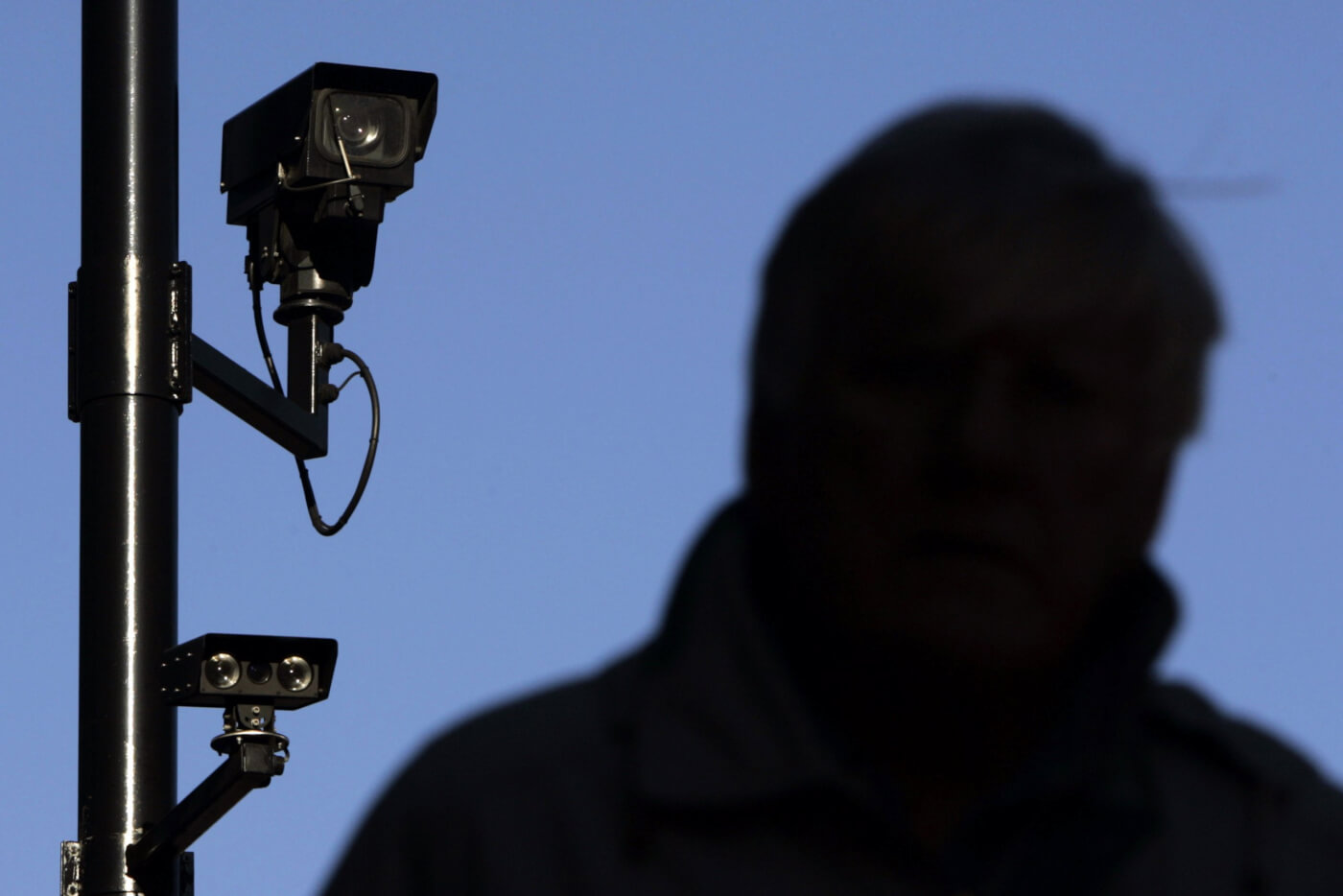In a landmark judgement, the Grand Chamber of the European Court of Human Rights (ECtHR) has ruled that the UK Government’s surveillance and interception of communications, violated the rights to privacy and freedom of expression. The court stated that the UK’s surveillance “did not contain sufficient ‘end-to-end’ safeguards to provide adequate and effective guarantees against arbitrariness and the risk of abuse”. Kate Logan, Senior Legal Counsel at Amnesty International commented:
“Today’s ruling marks a significant step forward in condemning surveillance at the whim of the government”
During the course of its proceedings, the Grand Chamber condemned the absence of independent authorisation of bulk interception warrants, interception warrant applications that lack sufficient information, and missing oversight on how to prevent the abuse of surveillance powers.
The case was first brought to attention by Edward Snowden in 2013, who revealed that GCHQ, a UK intelligence, cyber and security agency, was secretly intercepting daily private communications of millions of people. It was shown that the information collected by the government was able to reveal intimate aspects of a person’s private life such as the places they go, the people they visit, and which internet sites they frequent.
Alan Rusbridger, former editor of the Guardian newspaper, commented on Twitter:
“It’s taken a long time, but turns out @Snowden was right”
The case consisted of three legal challenges and was consequently presented by the American Civil Liberties Union, Amnesty International, Bytes for All, the Canadian Civil Liberties Association, the Egyptian Initiative for Personal Rights, the Hungarian Civil Liberties Union, the Irish Council for Civil Liberties, the Legal Resources Centre, Liberty and Privacy International; Big Brother Watch, Open Rights Group, English Pen and Dr Constanze Kurz; the Bureau of Investigative Journalism and Alice Ross.
The Investigatory Powers Tribunal ruled that the UK surveillance practices in principle complied with its human rights obligations in 2014, however this outcome was challenged in the European Court of Human Rights, which ruled against the UK in 2018. After this ruling, the coalition of groups brought the case to the Grand Chamber.
Overbearing surveillance with a lack of transparency has also been practiced in China, which currently is in the possession of almost 800 million surveillance cameras. An anonymous software engineer has recently revealed that the Chinese government is using facial recognition AI on its Uyghur population in Xinjang with the intention of revealing their emotional states. He commented that:
“The Chinese government use Uyghurs as test subjects for various experiments just like rats are used in laboratories”
The engineer claims to have installed the AI systems in Chinese police stations where they are being used in combination with restraint chairs. The emotion detection system is placed at a 3m distance from the subject and works similar to a lie detector but with far more advanced technology. The AI analyses minute changes in facial expressions and consequently creates a pie chart which represents the subject’s state of mind, the colour red indicating the feeling of anxiety. Sophie Richardson, China director of Human Rights Watch, commented on China’s use of AI:
“It is shocking material. It’s not just that people are being reduced to a pie chart, it’s people who are in highly coercive circumstances, under enormous pressure, being understandably nervous and that’s taken as an indication of guilt, and I think, that’s deeply problematic.”
For the 12 million Uyghurs in Xinjiang, the government’s surveillance is ever-present. Darren Byler, academic from the University of Colorado, explained that Uyghurs must routinely provide DNA samples and undergo digital scans, as well as download a government app on their phone which gathers their personal information. The data is then fed into the Integrated Joint Operations Platform which is supposed to flag up suspicious behaviour. Furthermore, authorities have been known to place QR codes on the doors of people’s homes to track the location of those who enter, a clear breach of human rights.
The worldwide use of surveillance has been steadily rising with a particular increase in the use of thermal imaging cameras to monitor body temperature, commonly used as a response to the COVID-19 pandemic. It is therefore becoming increasingly important to monitor how surveillance and AI interlink with global human rights obligations.

